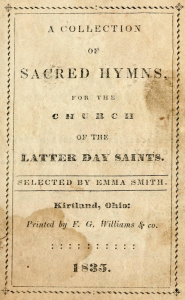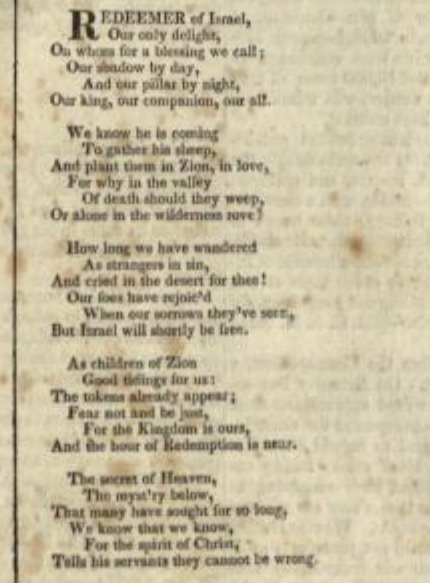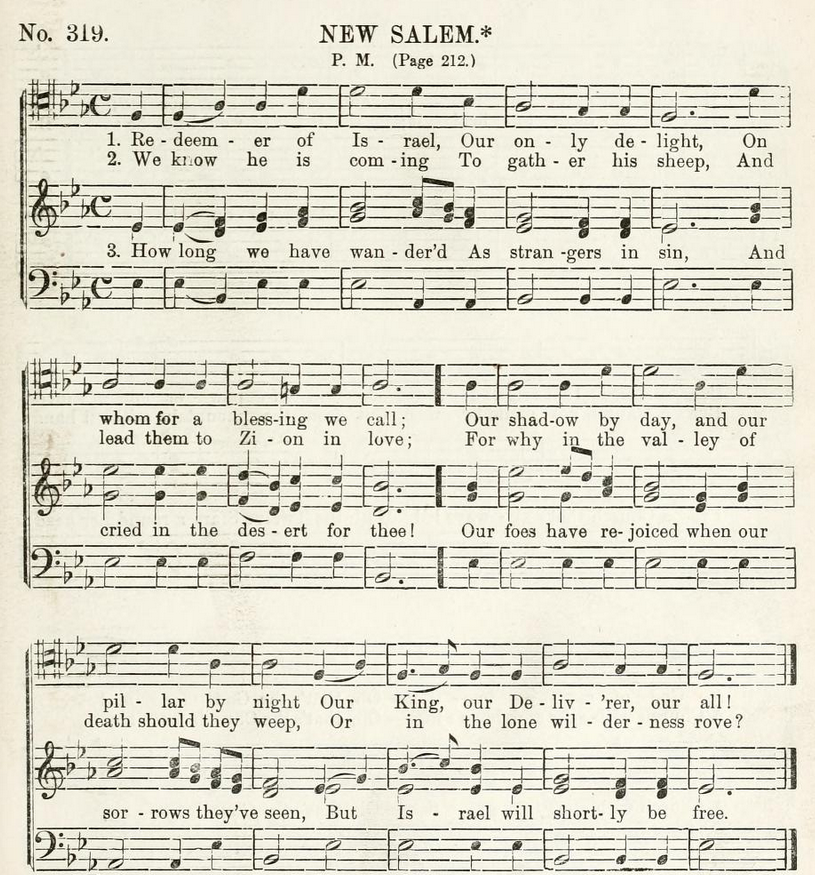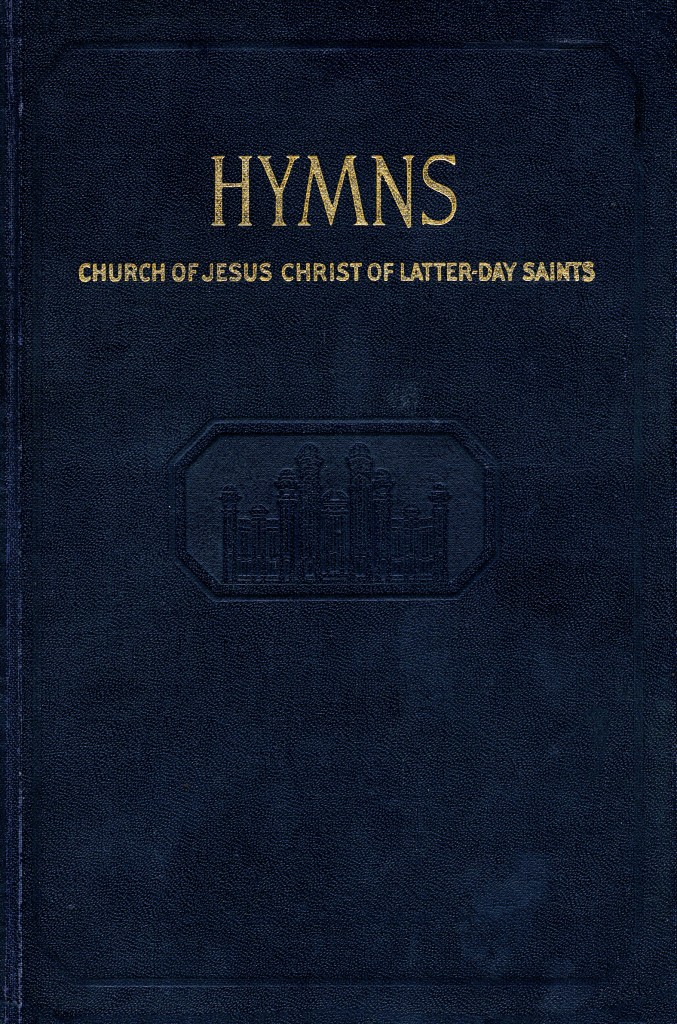Introduction

I was raised in a very musical household. As an accomplished organist and a gifted pianist, my father was capable of transposing from one key to another on-the-fly while sight reading. Nearly all of my brothers and sisters play at least one instrument, and some are very accomplished musicians in their own right as well.
Growing up in such environment naturally helped me learn to appreciate music and to enjoy listening to and performing many different types of musical pieces. At an early age I started piano lessons which, while I hated at the time, did teach me to read music. In high school I sang in the concert choir which give me some more formalized training in singing harmonies rather than just melodies, better dynamic control of my voice, and great experience performing. Once I made my way to college I discovered that girls like guitars so I picked one up, learned how to play, and still enjoy using the guitar as a way to relax today.
I bring up all of this background as an introduction to help you understand that I believe music has power. Whether it is secular, sacred, instrumental only, or includes many different vocal tracks all blended together, music has a way of conveying emotion and meaning that is unparalleled in any other medium.
Do Hymns Reflect Theology?
Earlier this week I heard that the LDS church has digitized and made available the original hymnal that was put together by Emma Smith and published first in 1835. Given my interest in music, I naturally was drawn to go look at the digitized pages of this early hymnal to see what the music was like back then. To my surprise, I did not recognize hardly any of the hymns that were sung by the early members of the LDS church. I was also surprised to learn that there was no music included in this hymnal; instead, it was essentially a collection of poems. It was expected that each one would be sung with a well-known tune, and a single tune was reused many times with different hymns.
As I was reading through these hymns I did find one that was familiar. The first verse starts like this:
Redeemer of Israel,
Our only delight.
On whom for a blessing we call;
This happens to be one of my very favorites, and I have performed it in multiple ways and in different venues. It was featured in the city of Joseph pageant that my family participated in every summer as I was growing up. I performed it with the Men’s Chorus at BYU. I believe I even sang a version of this at an LDS General Conference during my time with BYU Men’s Chorus. I love the message of this hymn and it makes me feel closer to Christ whenever I sing it. To my surprise, the words in this early hymnbook were… well… wrong!
Our shadow by day,
And our pillar by night,
Our king, our companion, our all.
The word companion in the last line of the first verse is not how this hymn reads today. To someone very familiar with this him, that word sticks out like a sore thumb. The correct word is supposed to be deliverer. I wondered to myself: “How come it’s wrong?”

In reality, I discovered that I had been asking this question backwards; I should have been asking why the modern words are wrong. I began pondering how, why, and by whom the words were altered from the original, which led quickly to a study of the early history of music in the LDS church. Where this hymn came from, how it was written, how it came to be included in the very first edition of the LDS hymnbook, and how it came to be in the modern LDS hymnal in its current form is fascinating. As it turns out, this is the original wording as penned by William W. Phelps in the early 1830’s. In fact, the original second verse is also different from the version that we know and sing today.
We know he is coming
To gather his sheep,
And plant them in Zion, in love,
For why in the valley
Of death should they weep,
Or alone in the wilderness rove?
Anyone familiar with today’s version will recognize immediately that in verse two today we sing “and lead them to Zion” not “and plant them in Zion.” Additionally the last line of this verse today reads “Or in the lone wilderness rove,” not “Or alone in the wilderness rove.”
So the words were changed… so what?
To me, these text changes are significant. Recently in my personal religious studies, I have been learning more and more about the theology of the early LDS church, particularly as taught directly by Joseph Smith, the first LDS prophet. This early theology stressed our ability to develop a very personal relationship with Christ, and have the opportunity for personal interaction with Him. Modern LDS theology seems to want to try to replace this personal interaction with God with a much stronger reliance upon a prophet to tell us what God wants us to do. Today’s message is VERY strongly: “Follow the prophet” rather than “Find and follow Christ.”
The original text of this hymn refers to Christ as our companion, who will firmly plant us in Zion and not leave us alone to wander in the wilderness. The modern lyrics remove the implication that Christ can literally be with us in the flesh, and instead focus on the power of his atonement to save our souls. Now, don’t get me wrong: The atonement is incredibly important, but this song originally was about meeting with Christ in the flesh as Joseph, Mormon, Moroni, Alma, and countless others have done.
My understanding of ancient and modern scripture indicates that God expects us to come directly to Him, to seek after and develop a relationship with Christ, and live our lives in such a way that we literally invite a visit from the Savior and receive personal revelation straight from God. In fact, all the scriptures are is a collection of the journals of people who have done exactly this – they were not prophets or somehow holy before they sought the Lord, and only became so after being in His presence.
Hymns have always reflected the theology of their time, and I believe this specific hymn is an excellent example of how we can trace the change in a specific theology: That the belief that we can expect personal interaction with Jesus Christ has changed into a description of Christ as a deliverer, but not a companion.
When did the text change?

In an effort to better understand when and why this text was changed, I started looking for information on where this hymn came from in the first place, as well as copies of all the editions of early LDS hymn books I could find to compare the text of this hymn.
The history of where this hymn came from starts with a British Baptist minister named Joseph Swain. He penned a poem titled “O Thou In Whose Presence My Soul Takes Delight.” William W. Phelps re-worked this poem into one he titled “Redeemer of Israel” which first appears in print in the first edition of “The Evening and Morning Star,” published in June of 1832 in Independence, MO.
It is well known in the church that Emma Smith (Joseph’s wife) was asked by the Lord via revelation found in the Doctrine and Covenants to put together a collection of hymns for the church in July of 1830. This collection was not formalized into a published hymnal until the first edition of “A Collection of Sacred Hymns For The Church Of The Latter Day Saints,” published in Kirtland, OH in 1835. “Redeemer of Israel” was then included in Emma’s first Hymnal in 1835 as hymn #6, using Phelps’ original wording.

By the late 1830’s, Brigham Young, Parley P. Pratt, and John Taylor found themselves in Manchester, England as missionaries for the church. The first printing run of hymnals produced only a very limited number of copies, and they did not have enough to distribute to the new converts in England. So they decided that they needed a new hymnal put together and published specifically for use by the saints in England. Rather than simply re-print Emma’s original hymnal, they (somewhat behind Joseph’s back, forgiveness being easier to obtain than permission) made a selection of hymns and published what would come to be known as the Manchester Hymnal in 1840, including “Redeemer of Israel” as #212.
Around this time, back in the US the first printing of the 1835 hymnals had long since gone out of print, and a new hymnal was begged for by the members of the church. In fact, several individual members took it upon themselves to publish hymnals, none of which were authorized by Emma or Joseph. In 1841, a new hymnal was put together by Emma and published in Nauvoo, IL, in something of a response to the Manchester Hymnal. “Redeemer of Israel” is included in its original form in this hymnal as #119 (though curiously it was the only hymn in the book left out of the index at the back… so it was not easily located by those just looking for hymns in the index by first line).
Joseph died in June of 1844, and it was not long before Brigham’s Manchester Hymnal became the standard hymnal for the church, following his rise to the presidency. Many editions were printed over the years, and it served as the authorized hymnal for the church all the way until 1891 when the first hymnal to include music was published as the “Latter Day Saint Psalmody” in Salt Lake City. “Redeemer of Israel” was included as hymn #319, but by 1891 (and perhaps starting with the 1891 hymnal) the wording had been changed to match what we have today.
Conclusion
So, sometime between the 1841 publication of Emma’s second hymnal and the 1891 publication of the Hymnody the wording was changed. I still don’t know by whom or why. Michael Hicks (a professor of music composition and theory) has written extensively about the history of music in the church. In his essay titled “How to Make (and Unmake) a Mormon Hymnbook” he discusses how the latest edition of the hymnal was put together. The process was done by a committee, took many years, and produced a lot of discussion about which hymns should be included, which ones should be excluded, and which ones should be altered. I still recall the disdain in my father’s voice when discussing the latest hymnbook when it came out in the 1980’s. He described how watered down music had become in order to make the hymns more “accessible”. It seems that in the attempt of this committee to make the hymnal easier for everyone to use, they wound up watering down what it contained. I am left to assume that is what happened in 1891 with the first committee that was formed to put together the Psalmody, and find it likely that they are where the modern text for this hymn originated.
But I really like the words of Brother Phelps a lot more.
Further Reading
During my research into this topic, these 2 publications I found fascinating about the history of hymns in the LDS church. The first one is about how the current (1985 edition) hymnal came to be created. The second is focused more about the earliest hymnals from the 1830’s and 1840’s.
How to Make (and Unmake) a Mormon Hymnbook
Leave a Reply